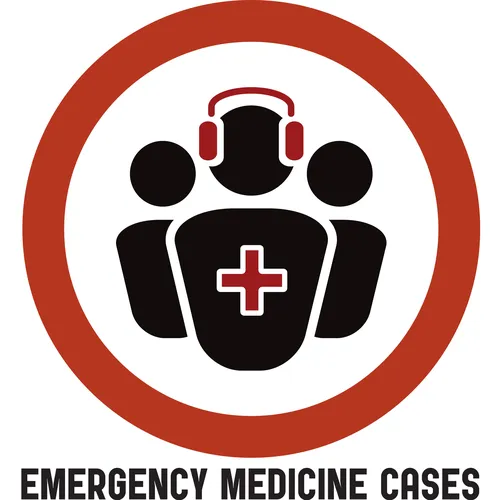Ep 169 Cardiac Arrest Controversies – Chest Compressions, Dual Defibrillation, Medications and Airway
- Author
- Dr. Anton Helman
- Published
- Tue 24 May 2022
- Episode Link
- https://emergencymedicinecases.com/cardiac-arrest-controversies-chest-compressions-dual-defibrillation-medications-airway/
In this first part of our 2-part series on Cardiac Arrest Controversies, Rob Simard, Bourke Tillman, Sara Gray and Scott Weingart discuss with Anton how best to ensure high quality chest compressions, the pros and cons of mechanical CPR, the literature on dual sequential defibrillation and optimizing pad placement, epinephrine vs vasopressin, amiodarone vs lidocaine, when to consider IV calcium and sodium bicarbonate, esmolol, airway considerations, sedation in cardiac arrest, the pros and cons of end-tidal CO2 and much more...
Podcast production, sound design & editing by Anton Helman
Written Summary and blog post by Anton Helman May, 2022
Cite this podcast as: Helman, A. Gray, S. Weingart, S. Tillmann, B. Episode 169 - Cardiac Arrest Controversies: Chest Compressions, Dual Defibrillation, Medications and Airway. Emergency Medicine Cases. May, 2022. https://emergencymedicinecases.com/cardiac-arrest-controversies-chest-compressions-dual-defibrillation-medications-airway. Accessed [date]
Go to part 2 of this 2-part podcast on cardiac arrest care
Previously on EM Cases....
Episode 71 ACLS Guidelines 2015 - Cardiac Arrest Controversies Part 1
Episode 72 ACLS Guidelines 2015 - Post Arrest Care
EM Quick Hits 27 Bicarb in Cardiac Arrest
A New Frontier in Cardiac Arrest Management with Salim Rezaie Video from EMU Conference
Journal Jam 14 Epinephrine in Cardiac Arrest
Episode 96 Beyond ACLS Cardiac Arrest Video from EMU Conference
Journal Jam 7 Amiodarone vs Lidocaine vs Placebo in Cardiac Arrest - ALPs Trial
Episode 131 PEA arrest, PseudoPEA and PREM with Rob Simard and Scott Weingart
Best Case Ever 73 Esmolol in Refractory VF
Maximizing high quality chest compressions in cardiac arrest
Perhaps the most important aspect of cardiac arrest care is providing high quality chest compressions with a depth of at least 5 cm (but no more than 6 cm), a rate of between 100 and 120 compressions per minute, allowing full chest recoil between compressions and minimizing interruptions. The goal is near continuous compressions that pause only for defibrillation and brief pulse checks. Good neurologic outcomes after out-of-hospital cardiac arrest (OHCA) correlates well with target ranges of chest compression rate and depth.
Strategies to ensure high quality chest compressions and minimize pauses in chest compressions
Feedback monitor devices for rate, depth and recoil of compressions
Metronome for rate of compressions (smartphone metronome is a “poor person’s” feedback monitor device)
Dedicated chest compression coach (note that chest recoil is difficult for the coach to assess)
Changing chest compressors every 2 minutes (even fit chest compressors tire...
